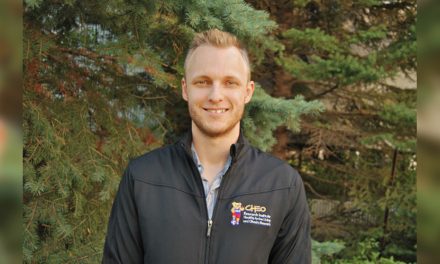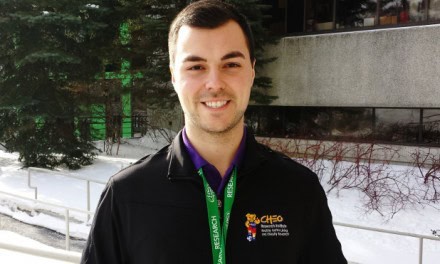Congratulations to HALO Post-Doctoral Fellow Dr. Scott Rollo and his colleagues on the recent publication “Sociodemographic Factors Associated With Meeting the Canadian 24-Hour Movement Guidelines Among Adults: Findings From the Canadian Health Measures Survey” just published in the Journal of Physical Activity and Health. Citations details and a summary of the paper are below.
Congratulations Scott and team!
Rollo, S., Roberts, K. C., Bang, F., Carson, V., Chaput, J., Colley, R. C., Janssen, I., & Tremblay, M. S. (2022). Sociodemographic Factors Associated With Meeting the Canadian 24-Hour Movement Guidelines Among Adults: Findings From the Canadian Health Measures Survey, Journal of Physical Activity and Health, 19(3), 194-202
Abstract
Background: This study examined associations between sociodemographic factors and meeting versus not meeting the new Canadian 24-Hour Movement Guidelines recommendations.
Methods: The study is based on 7651 respondents aged 18–79 years from the 2007 to 2013 Canadian Health Measures Survey, a nationally representative, cross-sectional survey. Sociodemographic factors included age, sex, household education, household income, race, having a chronic condition, smoking status, alcohol consumption, and body mass index. Participants were classified as meeting or not meeting each of the time-specific recommendations for moderate to vigorous physical activity, sedentary behavior, and sleep duration.
Results: Being an adult aged 18–64 years, normal weight, nonsmoker, and not having a chronic condition were associated with meeting the integrated guidelines. Being aged 18–64 years, male, normal weight, nonsmoker, not having a chronic condition, having a higher household education, and higher household income were associated with meeting the moderate to vigorous physical activity recommendation; being aged 18–64 years was associated with meeting the sedentary behavior recommendation; and being white, not having a chronic condition, and having a higher household income were associated with meeting the sleep duration recommendation.
Conclusions: Few Canadian adults met the 2020 Canadian 24-Hour Movement Guidelines, and disparities across sociodemographic factors exist. Implementation strategies and dissemination approaches to encourage uptake and adoption are necessary.
The full-text publication can be found here.






Thanks Scott – This provides clinicians and health change driven programs a compilation of the factors, key insights and considerations into constructing programs more intelligently and the considerations we as clinicians in approaching that individual, Mr or Ms Jones sitting in the medical office – that is, it is not about a lack of motivation – but understanding their position in life, rather it is about exploring solutions that are within their reach to getting started. Understanding that there are things we can not change, but knowing the issues they face solutions can be found that provide the best path for success in starting and then maintaining active lifestyle change. This is more about clinicians and health focused programs creating equitable “opportunity” (finding workarounds and solutions to barriers) versus the conversations around equitable “access” for all . My positioning the wording around “opportunity” versus “access” is equitable opportunity reflects addressing individual challenges faced by a cohort where access is not as simple as the free community gym around the corner but identifying external challenges where free is not the barrier, solutions are the solution. This body of work will positively impact our approach with lifestyle mediated diseases (LMDs). It is interesting that equitable access is such an entanglement of so many external factors, so many angles to consider — these external challenges, outside of the internal aspects driving continued participation, e.g., self-efficacy (both scheduling and for being active) and that of having a healthy degree of agency over ones health has so much to do with external factors that will pile on and further crush the low levels of Self-efficacy of most attempting to start. It is my position that in the interim, the immediate future, until we resolve these inequities, we focus on equitable “opportunity” through scalable support from limited resources that can manage intent, best intentions, through providing support and.. in essence thereby creating equitable “opportunity”.